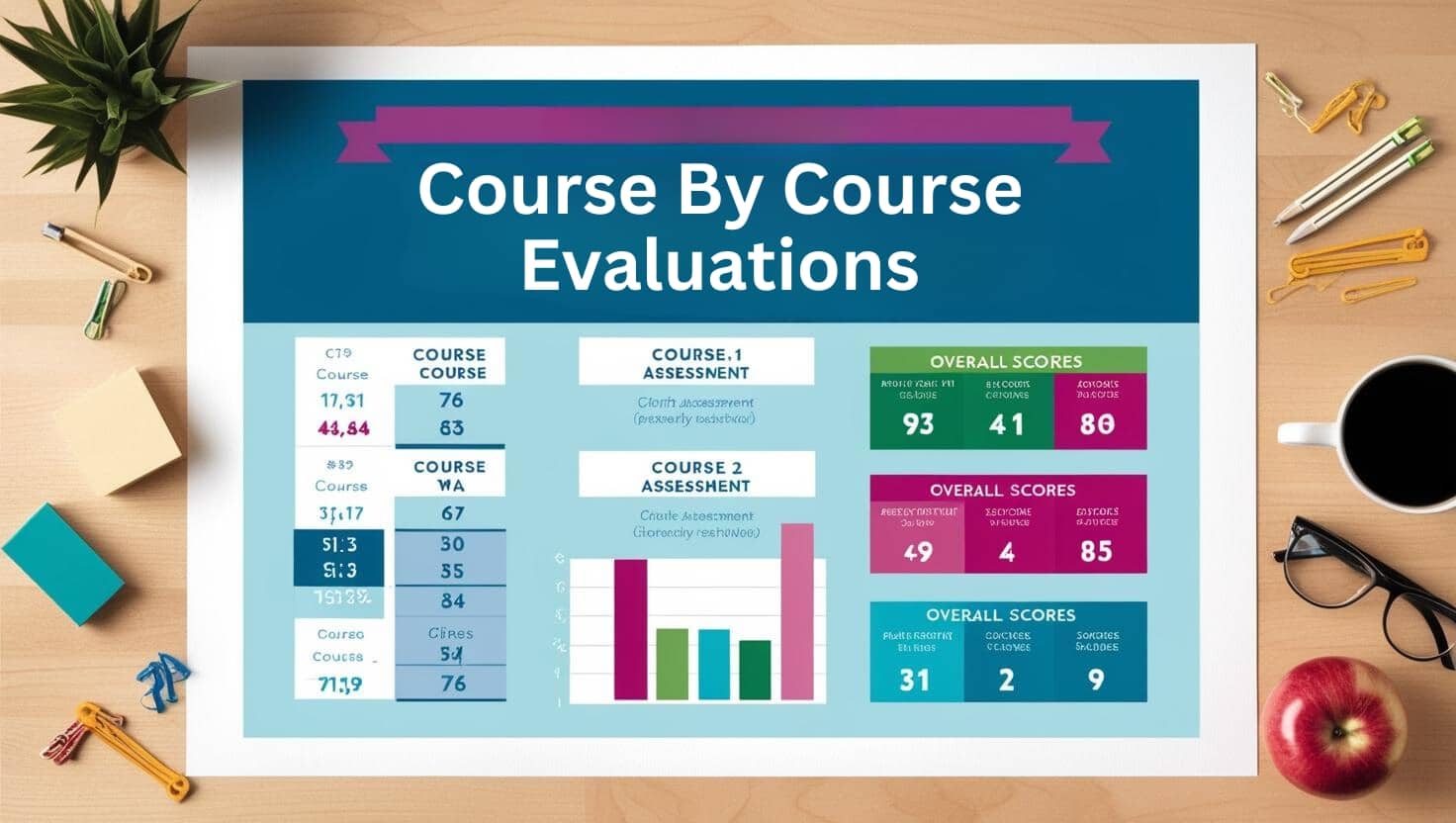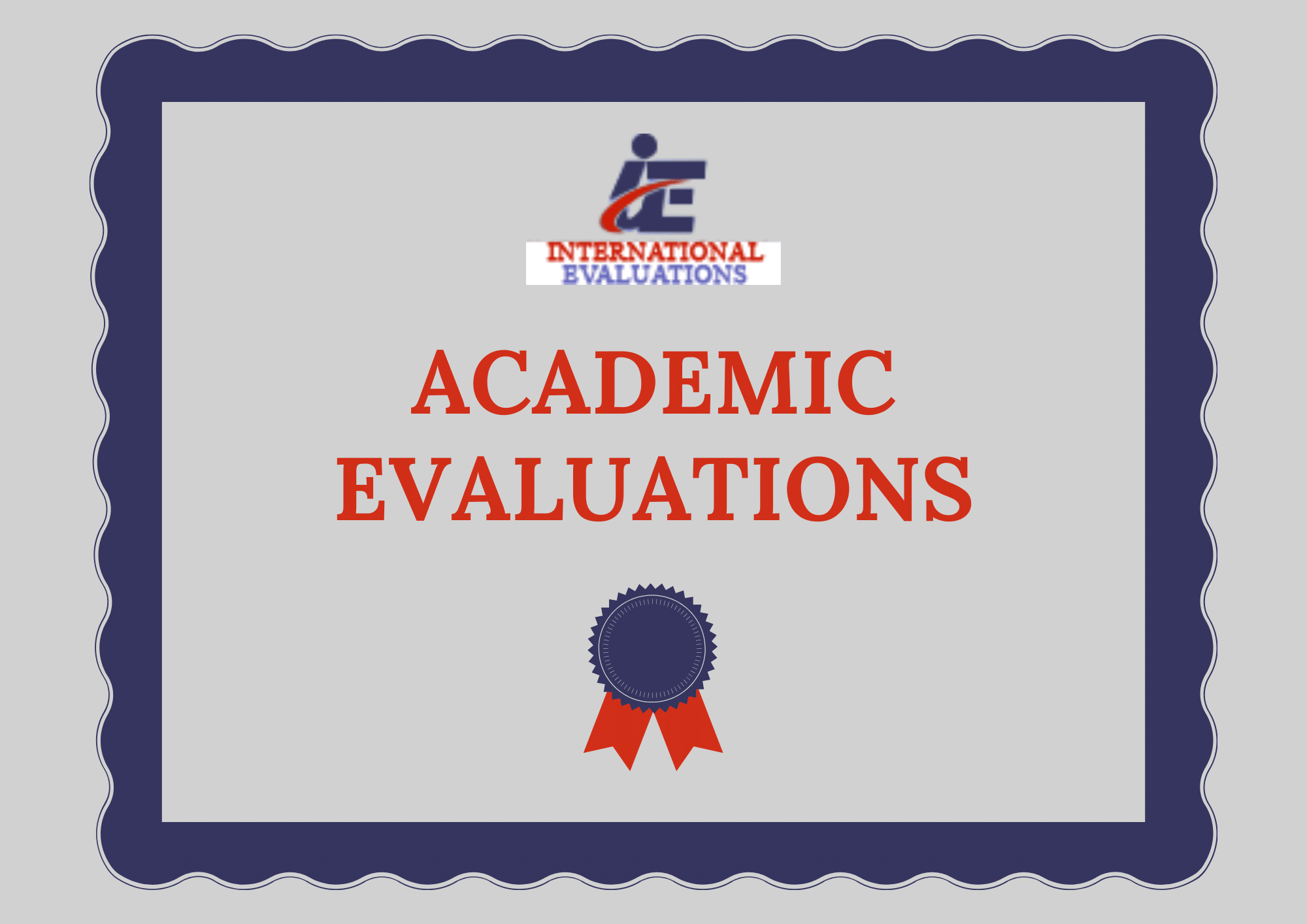Introduction
In a progressively interconnected world, academic credentials acquired in one country typically require to be examined for their equivalence in another. This is especially real for worldwide students looking for to study or work abroad. The procedure of course-by-course assessments serves as a vital tool in this regard, assisting to bridge academic gaps and help with international combination. By providing in-depth assessments of academic credentials, these evaluations make it possible for people to translate their certifications into formats acknowledged worldwide.
What is Academic Credential Evaluation?
Academic credential assessment refers to the systematic process of assessing and comparing academic credentials made in one nation versus those in another. The main objective is to figure out the equivalency of degrees, diplomas, and certificates to ensure that individuals can pursue additional education or employment opportunities without hindrance.
Importance of Academic Credential Evaluation
- Facilitates Acknowledgment: Allows organizations and employers to understand the level of education achieved by an individual. Promotes Movement: Motivates trainee and expert movement across borders by ensuring stakeholders about the credibility of foreign qualifications. Enhances Employability: Increases task potential customers for individuals whose credentials are precisely assessed and recognized.
Understanding International Credential Assessment Services
International credential evaluation services play an essential function in the examination process. These specialized organizations evaluate foreign academic files, guaranteeing they fulfill specific requirements stated by numerous nations or educational institutions.
Types of International Credential Evaluations
Course-by-Course Evaluation:- Provides comprehensive analysis per course taken throughout a degree program. Essential for people seeking extra education or expert licensure.
- Offers a general introduction of credentials without delving into course specifics. Suitable for most work purposes.
- Assesses professional experience in lieu of formal education. Helps prospects who have substantial work experience however lack official degrees.
Course-by-Course Credential Assessment: A Deep Dive
A course-by-course credential evaluation thoroughly analyzes each course completed during a degree program. It equates the credits earned into comparable U.S. credits, making it much easier for American institutions to examine foreign qualifications accurately.
Benefits of Course-by-Course Evaluations
- Detailed Insights: Offers thorough details about courses taken, grades attained, and credit hours earned. Tailored Evaluations: Allows institutions to make educated choices based on specific academic backgrounds. Supports Further Education: Necessary for trainees planning to move or pursue innovative degrees.
How Does Course-by-Course Assessment Work?
The course-by-course examination procedure usually includes several essential actions:
Document Submission:
- Candidates should submit main records and other pertinent documents.
- The assessing agency confirms the credibility of the documents with providing institutions.
- Courses are examined based upon material, period, and grading systems used in the original institution.
- An authorities examination report is generated detailing the findings and contrasts made.
Bridging Educational Gaps: How Course-by-Course Assessments Facilitate Worldwide Integration
Course-by-course assessments work as bridges between various educational systems by offering clearness on what foreign certifications entail. This not only help trainees however also educational institutions and companies in comprehending diverse academic backgrounds.
Creating Opportunities through Transparency
With clear assessments offered, potential trainees can with confidence get courses understanding their previous research studies will be acknowledged properly. Companies can also evaluate prospects' educational histories without uncertainty, creating a structured hiring process that values diversity while keeping standards.
Expert Viewpoint Letter: When is it Needed?
An expert opinion letter may sometimes accompany a scholastic credential evaluation report. This document provides extra insight into specific issues that might occur concerning foreign credentials-- be it unusual grading systems or distinct curricula not easily similar to regional standards.
When Needs to One Look for an Expert Viewpoint Letter?
- When looking for customized programs requiring particular accreditation. If there are disparities in between academic systems that need additional explanation. For task applications where specific credentials are questioned by prospective employers.
Business Plan Examination in College Contexts
Business strategy examination might appear unassociated initially look; however, it's vital when thinking about education start-ups or brand-new programs within existing institutions going for worldwide recognition.
Importance of Company Strategy Evaluation
Ensures that proposed programs are feasible and align with market needs. Involves assessing potential collaborations with global partners who may gain from credential evaluations. Helps safe and secure financing by showing extensive research study into market demands and competition analysis.Global Integration Through Standardized Evaluations
Standardization plays a critical role in boosting worldwide integration through academic credential examinations:
Methods Used:
Developing generally accepted frameworks for evaluating certifications helps in reducing discrepancies amongst countries. Collaboration between countries can lead to shared recognition contracts that improve procedures across borders. Continuous updates based on altering instructional landscapes ensure importance over time.FAQs
Q1: What is the average time taken for an academic credential evaluation?
A1: Generally, the procedure takes anywhere from 7 days approximately a number of weeks depending upon the complexity and volume of demands gotten by the examining organization.
Q2: Are all scholastic organizations needed to accept course-by-course evaluations?

Q3: Can work experience be evaluated similarly to formal education?
A3: Yes! Work experience evaluations examine professional achievements and abilities gotten through work which can be beneficial when official education isn't available.
Q4: Exists a difference in between document-by-document evaluation and course-by-course evaluation?
A4: Yes! Document-by-document assesses total credentials while course-by-course supplies detailed analyses per specific course consisting of grades and credit hours earned.
Q5: How do I select an appropriate worldwide credential examination service?
A5: Search for firms certified by acknowledged companies such as NACES (National Association of Credential Assessment Services) or AICE (Association of International Credential Evaluators).
Q6: What need to I do if my qualifications were rejected recognition?
A6: Evaluation your examination report carefully; you may appeal or look for a skilled opinion letter if inconsistencies occur due to grading systems or curriculum differences.
Conclusion
Navigating through different educational landscapes can be intimidating; however, with the help of course-by-course assessments, individuals can expect clearer pathways towards achieving their personal objectives-- whether that's attending a university abroad or protecting a satisfying task chance worldwide. As we continue cultivating international integration through standardized scholastic practices like these evaluations together with necessary assistance frameworks such as professional viewpoint letters or organization strategy evaluations-- the future looks promisingly accessible!
By embracing these tools efficiently, we're not just bridging gaps-- we're developing pathways toward comprehending that transcend borders while honoring diverse knowing experiences rooted deeply within different cultures around our world today!
